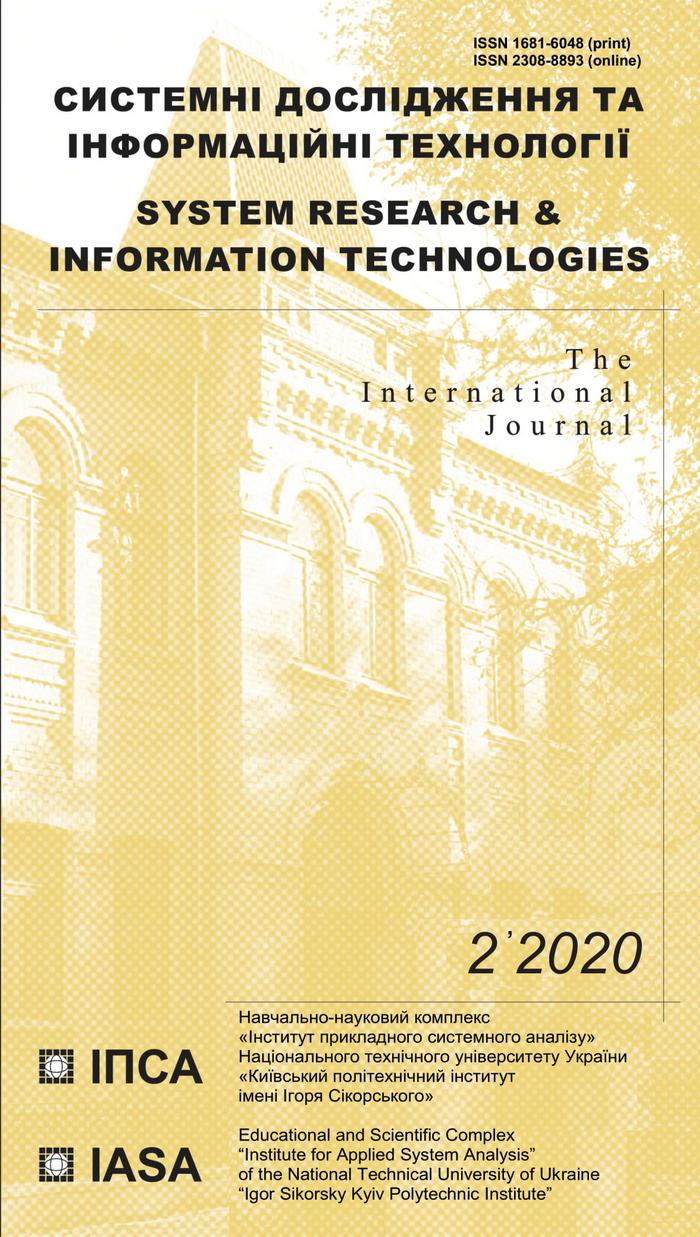Application of Bayesian networks for accuracy estimation of modeling results of the air pollution dispersion given inaccurate input data
DOI:
https://doi.org/10.20535/SRIT.2308-8893.2020.2.06Keywords:
atmospheric air assessment, Bayesian networksAbstract
The article deals with estimating the results accuracy of the modeling of air pollution dispersion when introducing inaccurate input data. Restrictions on accuracy estimation methods for Ukraine are considered. It is suggested to use Bayesian networks with discrete input variables to obtain the estimates. The structure of the network is presented, and the methods of filling the probability tables are proposed.References
Stuart Russell and Peter Norvig, Artificial Intelligence: A Modern Approach, 4th Edition, Hoboken, USA: Pearson, 2020.
S. Johnson, “Integrated Bayesian Network frameworks for modeling complex ecological issues”, PhD thesis, 2009.
Eugene Santos Jr.,”Validation and verification of Bayesian knowledge-bases”, Data & Knowledge Engineering, vol. 37, pp. 307–329, 2001.
R.E. Kalman, “A New Approach to Linear Filtering and Prediction Problems”, Journal of Basic Engineering, vol. 82, pp. 35–45, 1960.
D.Q. Zheng, “Online update of model state and parameters of a Monte Carlo atmospheric dispersion model by using ensemble Kalman filter”, Atmospheric Environment, vol. 43, no. 12, pp. 2005, 2009.
M.A. Tolstykh, Application of ensemble Kalman filters in numerical weather forecast [Online]. Available: ftp://geophyslab.srcc.msu.ru/Events/CITES2009/Tolstykh_090709.pdf. Accessed on: January 16, 2016.
D. Heckerman, “A Tutorial on Learning with Bayesian Networks”, Technical Report MSR-TR-95-06, Microsoft Research, 1995.

